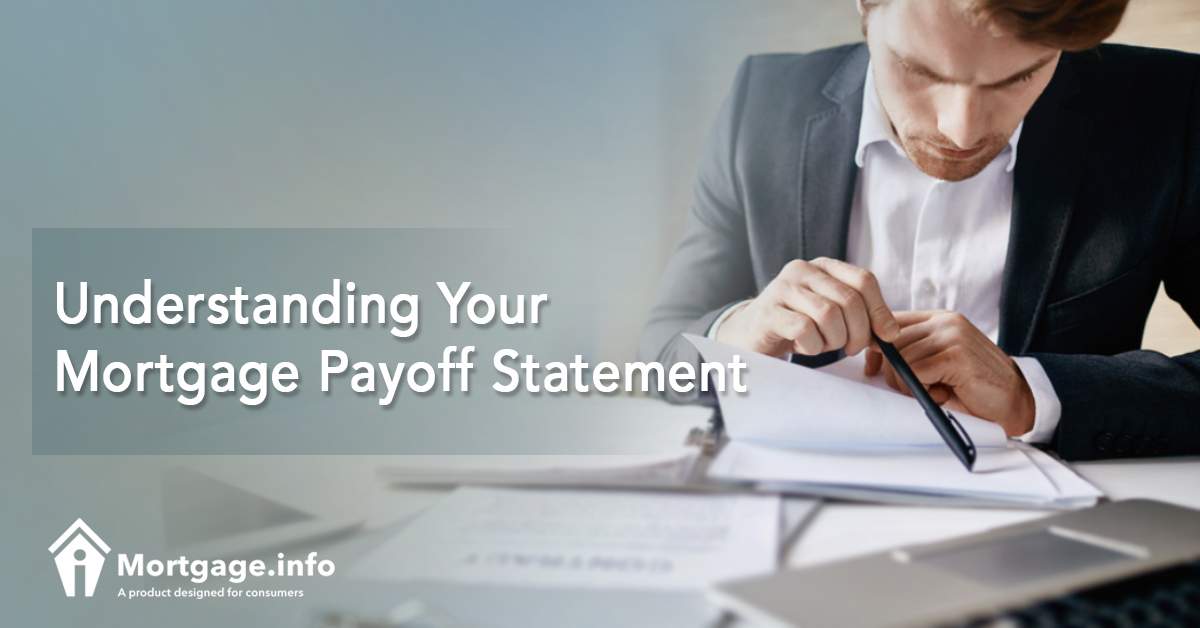You have decided to sell your home or refinance your existing loan. By doing either, you are paying off your loan early. You’ll likely need a mortgage payoff statement. This sets forth how much you need to repay the loan, balance and all before you can push through your refinance or be cleared from mortgage debt.
Mortgage Payoff Isn’t Mortgage Balance
The mortgage payoff amount should not be confused with the mortgage balance. The former includes the unpaid mortgage balance plus unpaid interest and fees. As such, it’s often higher than the unpaid mortgage balance on your loan statements.
You see, you pay your mortgage in arrears. This means that what you paid in August is basically your interest for July.
Say, you bought a home and closed on a purchase loan, your first mortgage payment for the current month will reflect the previous month’s interest. In the case of a refinance, your mortgage payoff will depend on the date you closed the new loan because you may have to pay for any unpaid interest.
Calculating the Mortgage Payoff Amount
In your written request to the lender, you will note your name, the property address, the requested payoff date, etc.
The lender will then calculate the mortgage payoff amount based on a per diem interest or daily interest rate. Supposing your requested payoff date is April 30, your payoff amount will include the per diem interest for the whole month of April as the monthly payment you’ll make on the first of April covers March’s interest.
Your mortgage payoff amount is only good up to your requested payoff date, also known as the good-through date. If your good-through date expires or that your loan closes after that, you will incur additional per diem interest and have to order a new payoff statement.
The mortgage payoff amount will include any unpaid loan charges such as late fees and prepayment penalty fees. Because you are paying off your loan early, your lender will not be able to receive money from your uncollected interest thus it will charge a penalty fee to recoup its losses.
Looking at Your Mortgage Payoff Statement
On your mortgage payoff statement, you are likely to see these details:
- Your unpaid mortgage balance
- Your daily interest amount or per diem amount
- Your interest through the good-through date
- Your payoff statement fee
- Your total payoff amount
No mortgage payoff statements are the same. And your lender can deduct your escrow balance from your payoff amount but it is not compelled to do so. Most likely, you will receive checks as refunds from your escrow balance.
Until such time as your payoff amount has been received by the lender, continue to make monthly payments.
If you have an FHA loan, your good-through date will be the last day of the month. Some homeowners close their loans by that date to avoid paying interest for the succeeding whole month.
For example, you missed your loan closing of April 30 and closed the loan on May 6, you will have to pay all of May’s interest per the FHA payoff statement even if the closing happened during the first week of the month.

